|
I was spinning goat hair on the market square in Kristinestad, Finland when the newpaper man came by.
2 Comments
On the morning of June 20th I and my friend Eva Wickoholm-Ekman went to this hill Kittelberget, in Svartå / Mustio, Southern Finland. The previous day it had been sunny and we had hoped it would prevail but alas, no. The hill isn't very tall I don't know how tall. perhaps 60 m, but it is one of the higher ones around there.
The original plan had been to go to Bytesberget, which name is related to Bötombergen that I span on in Kristinesta. These name indicate a sacred place for worship or celebration. But Eva suggested this one instead. At the base of the hill there are some kettles, kittlar in Swedish, remains from the end of the Ice age that ended around 10000 years ago, when the glaciers melted and there was water running on the rocks turning stones that ground the kettles or holes in the bedrock. It wasn't an easy spin. It rained and drizzled and I was wet and the goat hair that I was spinning was damp. But I still managed to spin some thread. Eva did her part of the excursion and photographed the deed. Another friend of mine, Teija Seppä lent me her spinning wheel that originated from her grandmother. Thanks to good friends I can continue praising the good things of the past, present and future and nature itself. It has been quite a spring and summer.
Full of spinning. I was traveling in Finland amongst other places I visited the town where my Finnish grandmother grew up in, Kristinestad. It is now Finland's only Citta-Slow town. I span on the drop spindle on market square of Kristinestad during their knitting day June 8th. I totally forgot to photograph the event and am hoping to receive some pics sooner or later. I also borrowed a spinning wheel, a traditional Finnish one from Hemslöjdsgården (handicraft place) in Kristinestad and went spinning on Bötombergen that is a hill that has remains of old cultures that seemed to use the place for worship or celebration. Now there is a ski lift operating in the winter. As Österbotten / Pohjanmaa is a flat area actually a former sea bed the Bötomberg hill is the highest peak by far with its 129 m. Bötombergen are called Pyhävuroi in Finnish meaning sacred hill. I also span on the Kvarnberget, in English Millhill, in Finnish Myllyvuori. There is a pretty old mill on the hill and I found the rotating spinning wheel going well with the rotating wings of the mill, even if the mill wings are stationary today. My spinning was praise of the past, the nature and for a better future. I have two pieces of art work on display outside this summer. Both are affected by forces of nature.
The one in the exhibition "Under the clear sky" in Reykjavik is affected by the weather. The one in Finland is affected by the weather in the sense that it has been warm with occasional rainfall and the vegetation is growing real fast. If you look at my earlier post about exhibitions this summer you can see images of the two works looking different at earlier stage. The warp of fate has been torn apart by the rain and the storm in Reykjavik a couple of days ago. Can we affect fate? And the question also is should I affect fate by going to Urðastígur and replace the threads in the warp? What do you think? The great "Last goat of Iceland" in "Muu maa" at Haihatus, Joutsa in Finland is affected by the growth of plants in the meadow it is lying on. If the grass and flowering plants are left unattended they might suffocate the goat and it will disappear. This great goat represents the Icelandic goat race that is about 850 goats now and is and endangered species. |
AuthorAnna María Lind, MA Textile Art Winchester School of Art. Archives
June 2024
|
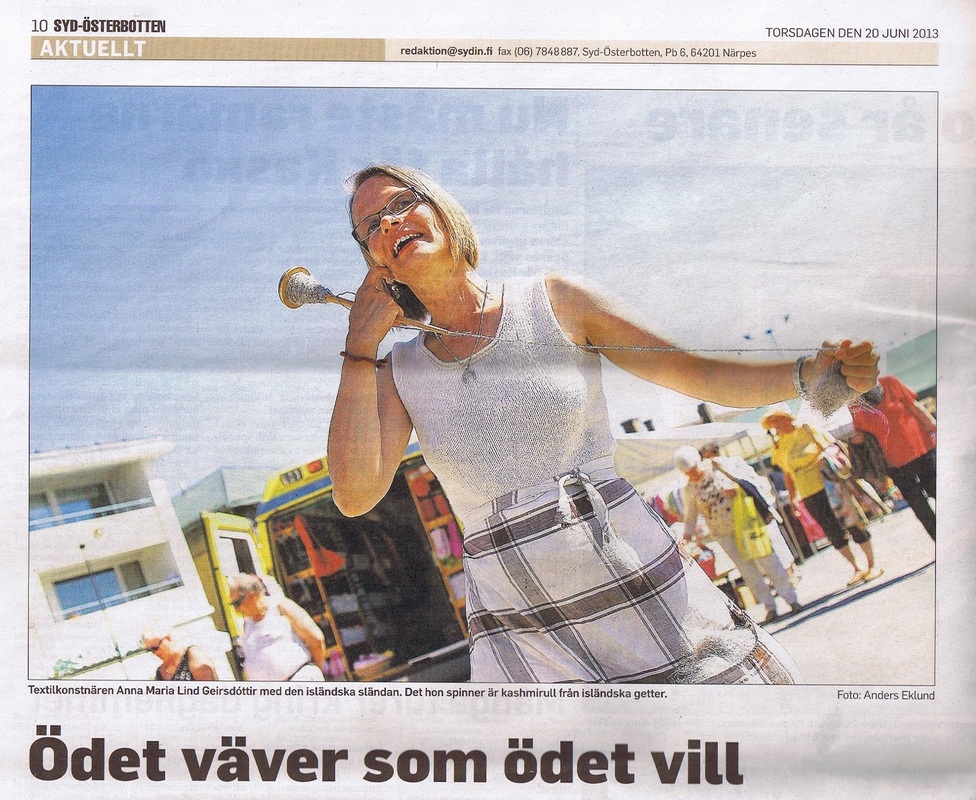
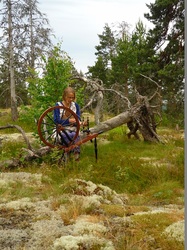
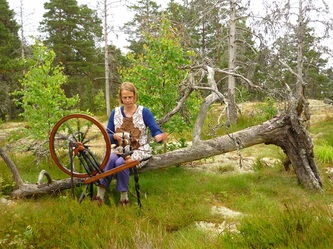
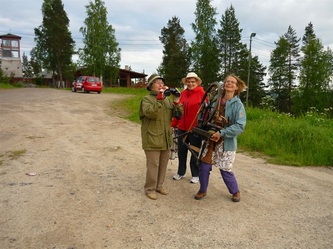
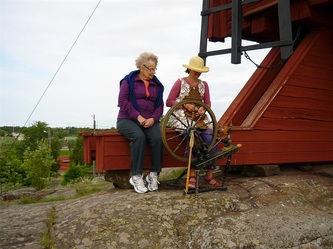
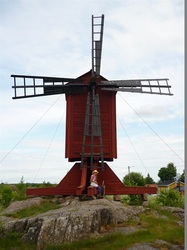
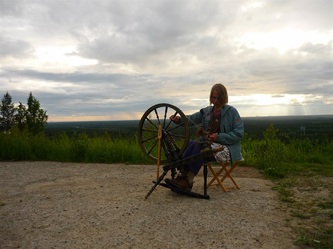
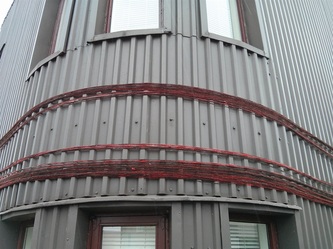
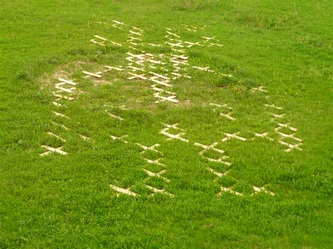
 RSS Feed
RSS Feed